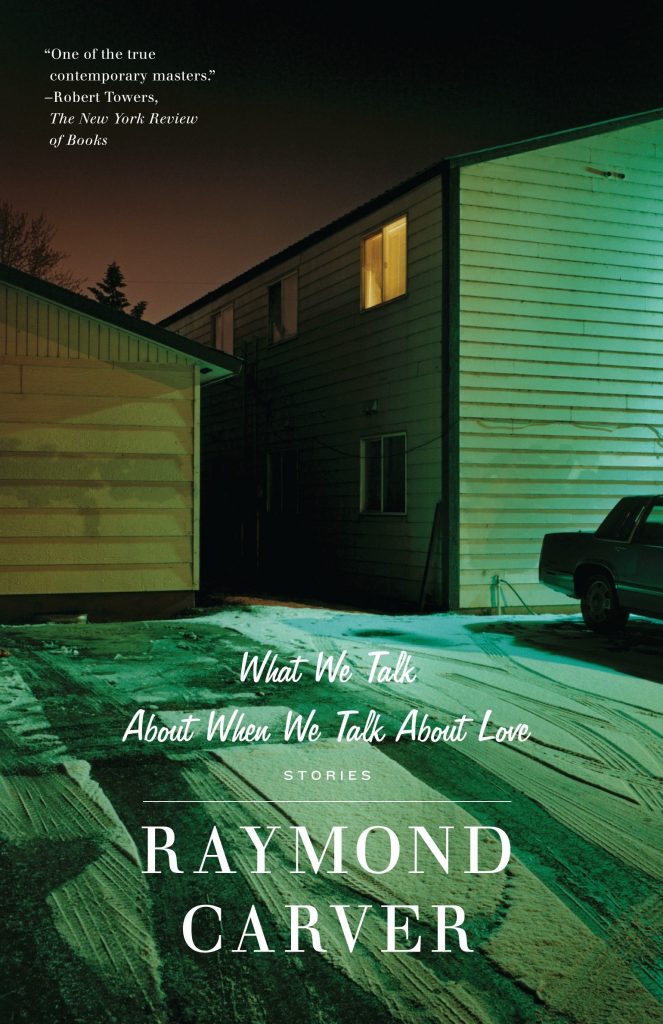Love: What We Know Based On “What We Talk About”
Allison Armijo // Blog Writer
Raymond Carver is known for his minimalist writing style, through which he challenges his audience to read between the lines, emphasizing the idea that what is said is sometimes just as important as what isn’t. His 1981 collection of short stories, What We Talk About When We Talk About Love, is no different. It frustrates the idea of love as a fleshed-out, recycled conversation topic. In writing about love from a minimalist approach, Carver confronts his readers with a question: What do any of us actually know about love?

There are a total of seventeen stories in the collection, all of which are “slice-of-life” pieces that seem to go nowhere, plot-wise. The irony is that it would be wrong to call any of these stories stagnant. From a conversation between couples about past lovers to a kitchen screaming match between a husband, wife, and daughter, each of Carver’s stories reveal something about what it means to love and be in love.
My favorite story in the collection, named “What We Talk About When We Talk About Love,” after the collection title, follows two couples – Mel & Terri and Ed & Laura – who have a conversation over dinner and drinks about what they each think love is. Mel talks about how everyone in love, no matter how long they’ve been together, is still a beginner. He recognizes that everyone has loved someone in the past, and in that way, love is not designated to a specific time or person. He acknowledges the temporariness of life itself, saying that Terri would find love if he died: “I think the other one, the other person, would grieve for a while, you know, but then the surviving party would go out and love again, have someone else soon enough. All this, all of this love we’re talking about, it would just be a memory. Am I wrong?”

One of the major things Carver does in his stories is frustrate the idea that love assumes any sort of sentimentality. He uses relationships to show how love, while sweet, can also feel like an obligation, an invisible string pulled to illuminate tension between people. And even more so, these relationships do not have to be romantic.
“The Bath,” for example, is about how a young boy is hit by a car and rushed to the hospital, where he dies soon after. When his mother returns home from the hospital, there are multiple messages on the machine from the place where she ordered his birthday cake from, telling her it is ready for pick up. One might wonder why this story, devoid of romance and, arguably, happiness, is in a collection that talks about love. Carver tells us that love comes in many forms, even if one of those forms is in the shape of a cake decorator who cares enough about his business to call his customers persistently.
Carver reveals that what makes love universal is that it is so specific: It means something different to each person, and because of that, we have different conversations, engage in different pursuits, all chasing after the same thing — or, more accurately put, our own ideas of the same thing. With that in mind, we can return to Carver’s question and ask ourselves: What do we really know about love? His stories tell us that we have no idea, but maybe that means we are exactly where we need to be.
